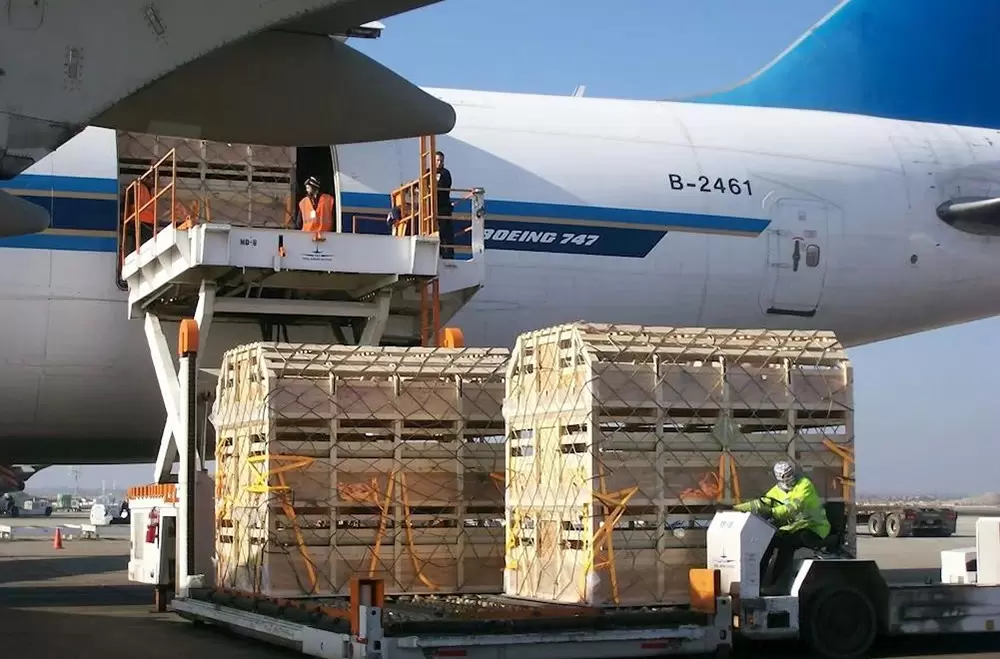Revolutionizing Transportation: China's Exceptional Public Transport System

Public transportation plays a vital role in the development and sustainability of a country. It not only reduces traffic congestion and pollution but also provides convenient and affordable mobility options for the masses. In recent years, China has made remarkable strides in revolutionizing its public transport system, becoming a global leader in this domain. This article explores the various aspects of China's public transport system and highlights its strengths, innovations, and impact on the lives of its citizens.
- Extensive Network:
China boasts an extensive and well-connected public transport network that spans across cities, towns, and rural areas. From modern metro systems to high-speed trains, buses, and trams, the country offers a wide range of options for commuters. This comprehensive network ensures that people can easily travel within and between cities, promoting seamless connectivity and efficient mobility. - Advanced Technologies:
China's public transport system is at the forefront of technological advancements. The integration of smart technologies, such as mobile ticketing, real-time tracking, and intelligent traffic management systems, has greatly enhanced the efficiency and convenience of public transportation. Passengers can now plan their journeys, track arrivals, and make cashless payments effortlessly, making commuting a hassle-free experience. - High-Speed Rail:
China's high-speed rail network is a testament to its commitment to modernizing transportation. With speeds exceeding 300 km/h (186 mph), the high-speed trains connect major cities, reducing travel times and boosting economic development. This network not only provides a comfortable and efficient mode of transportation but also reduces the reliance on air travel, resulting in lower carbon emissions and environmental impact. - Sustainable Initiatives:
Recognizing the importance of sustainability, China has implemented several green initiatives in its public transport system. Electric buses and taxis have become increasingly common, reducing dependence on fossil fuels and minimizing air pollution. Additionally, bike-sharing programs and pedestrian-friendly infrastructure have encouraged eco-friendly modes of transport, promoting healthier lifestyles and reducing traffic congestion. - Integration and Intermodality:
China's public transport system emphasizes integration and intermodality, ensuring seamless connectivity between different modes of transportation. Integrated ticketing systems allow passengers to transfer between buses, trains, and metros with ease, eliminating the need for multiple tickets and reducing travel costs. This holistic approach to transportation planning enhances efficiency and encourages more people to opt for public transport.
Conclusion:
China's public transport system stands as a shining example of innovation, efficiency, and sustainability. With its extensive network, advanced technologies, high-speed rail, sustainable initiatives, and emphasis on integration, China has transformed the way its citizens travel. The country's commitment to providing convenient, affordable, and eco-friendly transportation options has not only improved the quality of life for its citizens but also set a benchmark for other nations to follow. As China continues to invest in and improve its public transport system, it paves the way for a greener, more connected future.




